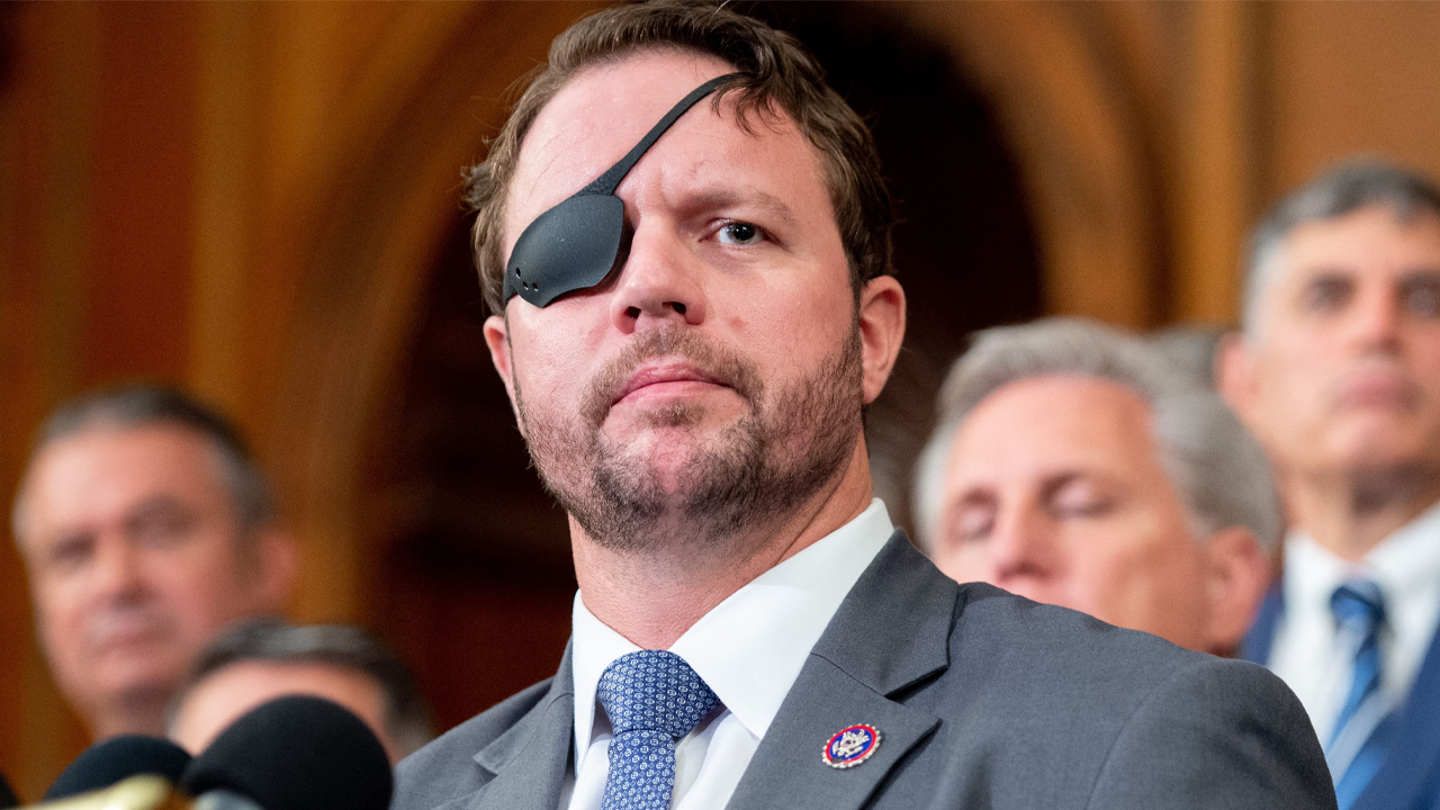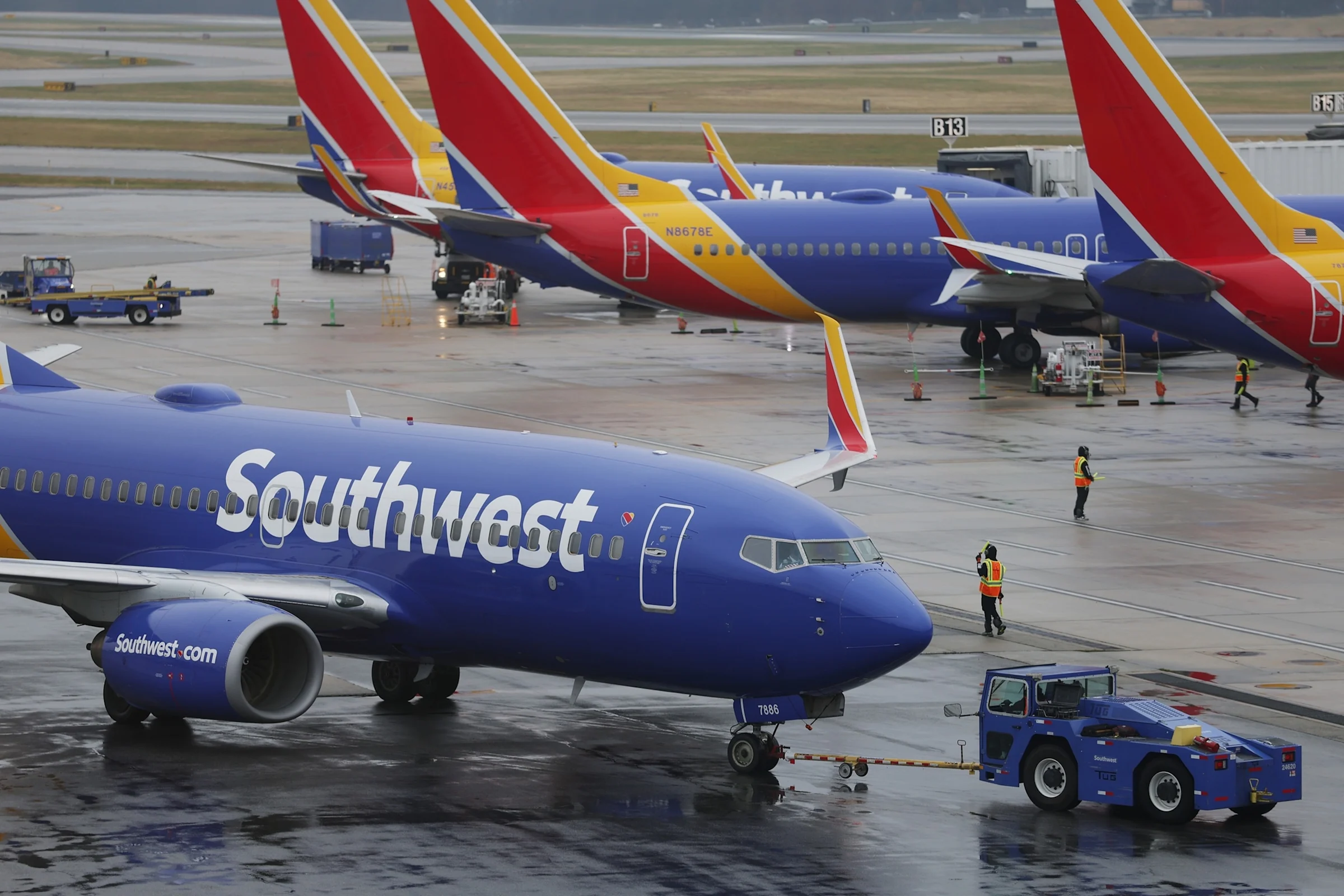Because the National Labor Relations Act (NLRA) empowers union bosses to represent workers who don’t want a union, Big Labor apologists contend, union bosses must also be legally empowered to force these captive workers to pay union dues or fees. Otherwise, the workers who wish to remain union-free will get a so-called “free ride.”
Ever since Right to Work let rank-and-file employees escape compulsory union membership and forced dues payment beginning in the 1940s, this non sequitur has been the mainstay argument of union officials and other opponents of voluntary unionism.
Unions and their apologists . . . argue that since a certified union is forced by law to represent all workers in the bargaining unit whether they approve of the union or not, all such workers must be forced to pay the union. Otherwise, they would get the benefits of union representation for free . . . ..
One simple and obvious response to the union hierarchy’s Section 9(a) claim is to advocate repeal of this NLRA provision, and its replacement with another one establishing that unions would represent their members only. This is in fact the longstanding position of the National Right to Work Committee and other Right to Work advocates.
But even if one accepts, for the sake of argument, that Section 9(a) will remain in place despite its evident flaws, Big Labor apologists’ case for compulsory union dues is still “scarcely coherent.”
In fact, the late Dr. Clyde Summers, a Pennsylvania law professor who personally supported monopoly unionism generally and Section 9(a) in particular, used those exact words to dismiss the “free rider” claim in a 1995 review article for the Comparative Labor Law Journal.
Quoting the book he was reviewing, Dr. Summers explained that the argument is wrong first of all because, under monopoly bargaining, workers who don’t want a union are “often actually made worse off” than they were before.
Summers and Sheldon Leader, the labor-law professor whose book Freedom of Association was the subject of the former’s 1995 review, are far from the only pro-union monopoly observers of American labor relations to notice that the contract provisions union officials obtain by wielding their “exclusive” bargaining power frequently hurt many workers in order to help others.
Another even more eminent example is current U.S. Vice President Kamala Harris.
In the fall of 2015, Harris (then California’s attorney general), California Solicitor General Ed DuMont, and several of their lieutenants were working jointly with officers of the National Education Association (NEA) union and its Golden State subsidiary, the California Teachers Association (CTA), to defend the constitutionality of compulsory union dues and fees as a job condition in the public sector.
Teachers who “care more about rewarding merit than protecting mediocre teachers” should “oppose these policies,” concluded the Friedrichs plaintiffs, who were represented by a team of attorneys led by Michael Carvin of the Cleveland-based law firm Jones Day. The plaintiffs added that “teachers who specialize in difficult subjects (like chemistry or physics), but are trapped in union-obtained pay systems that stop them from out-earning gym teachers,” should also oppose those policies.
In the reply briefs they filed in November 2015, the pro-forced unionism respondents did not contest the fact that many teachers get paid less due to union monopoly bargaining.
And Harris and DuMont actually confirmed in their brief that, under statutes and case law authorizing monopolistic unionism, Organized Labor officials “do have substantial latitude to advance bargaining positions that . . . run counter to the economic interests of some employees.”
nfortunately, even though eminent workplace-policy specialists like Summers and Leader (who cannot reasonably be accused of harboring any bias against Big Labor) and politicians like Harris and DuMont (who got elected with Big Labor’s help) share the consensus view that many workers are hurt, not helped, by union monopoly bargaining, all too many visceral opponents of Right to Work laws continue to ignore this simple, undisputed fact.
A current case in point is 31-year New York Times labor reporter and lifelong forced-unionism apologist Steven Greenhouse, who in a recent commentary published in the Detroit Free Press as well as an array of other outlets issued a call to arms to union-label Michigan Democrat state politicians. This year, for the first time since the Wolverine State enacted its highly popular Right to Work law in late 2012, Democrats who are beholden to Big Labor simultaneously control the governorship and legislative majorities in the state House of Representatives and Senate.
Even though the vast majority of Michiganders clearly believe their Right to Work law is good policy and the Democrat legislative majorities are wafer-thin, Greenhouse insists the only thing for Democrat lawmakers and Governor Gretchen Whitmer to do is take away freedom of choice from “employees at unionized workplaces” who have opted out of forking over any money to union bosses who, he claims, without citing any evidence, do them a world of good.
The fact is, when union officials wield the monopoly power government policy hands them over employee compensation and work rules in ways that discourage employers from making productivity-enhancing business investments, the vast majority of workers eventually end up getting hurt.
The significantly slower productivity growth and employment growth that are demonstrably linked to monopolistic unionism as it is practiced in the U.S. may well account for the fact that, in key sectors where competition is unhampered by government regulation, the average wage for union-free employees today is substantially higher than the average wage for unionized employees.
For example, the mean hourly wage for nonunion American factory workers in 2021 was $33.28, roughly 17% higher than the $28.33 average for factory workers who belong to a union, according to an analysis of Current Population Survey (CPS) data conducted by labor economists Barry Hirsch and David Macpherson. In addition to being lower than union-free factory workers’ pay, unionized manufacturing pay is declining in relative terms.
The Hirsch-Macpherson analysis of CPS data also shows that the average hourly pay for nonunion wholesale and retail trade workers in 2021 was $23.08, 16% higher than the average for union members in this sector. There is also a relative decline over time in pay for union workers in this sector. In fact, as recently as 2010, pay for union and union-free retail workers was roughly equal.
he bottom line is that there is no good reason to presume workers who don’t want to be subject to union monopoly bargaining are nevertheless better off because they are. Union bosses and pundits like Steven Greenhouse who share their worldview have every right to try to destroy Michigan’s Right to Work law this year. But there is no excuse for them to smear independent-minded employees as a means of justifying their stance.
Wnd
Tags:funded




